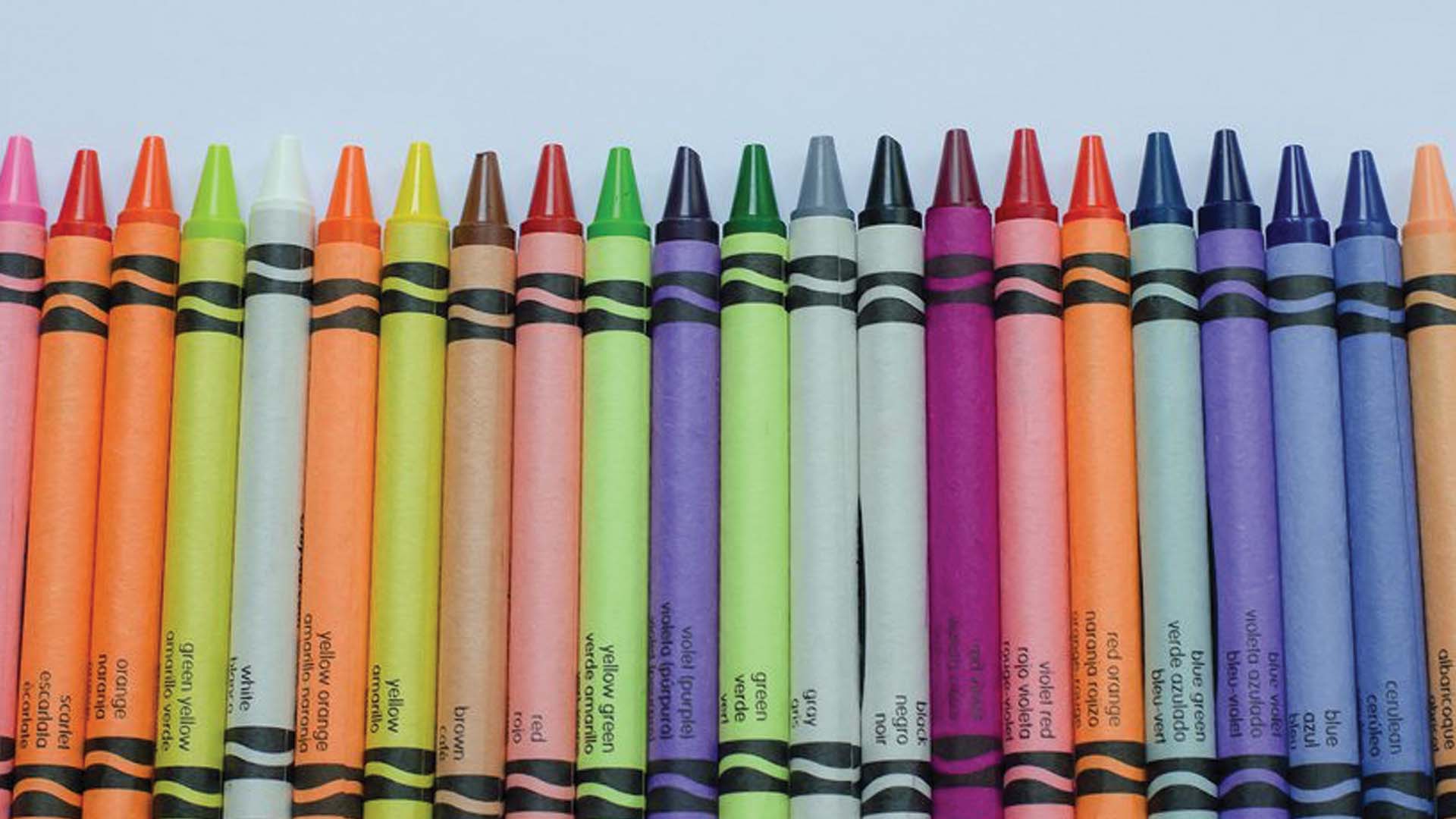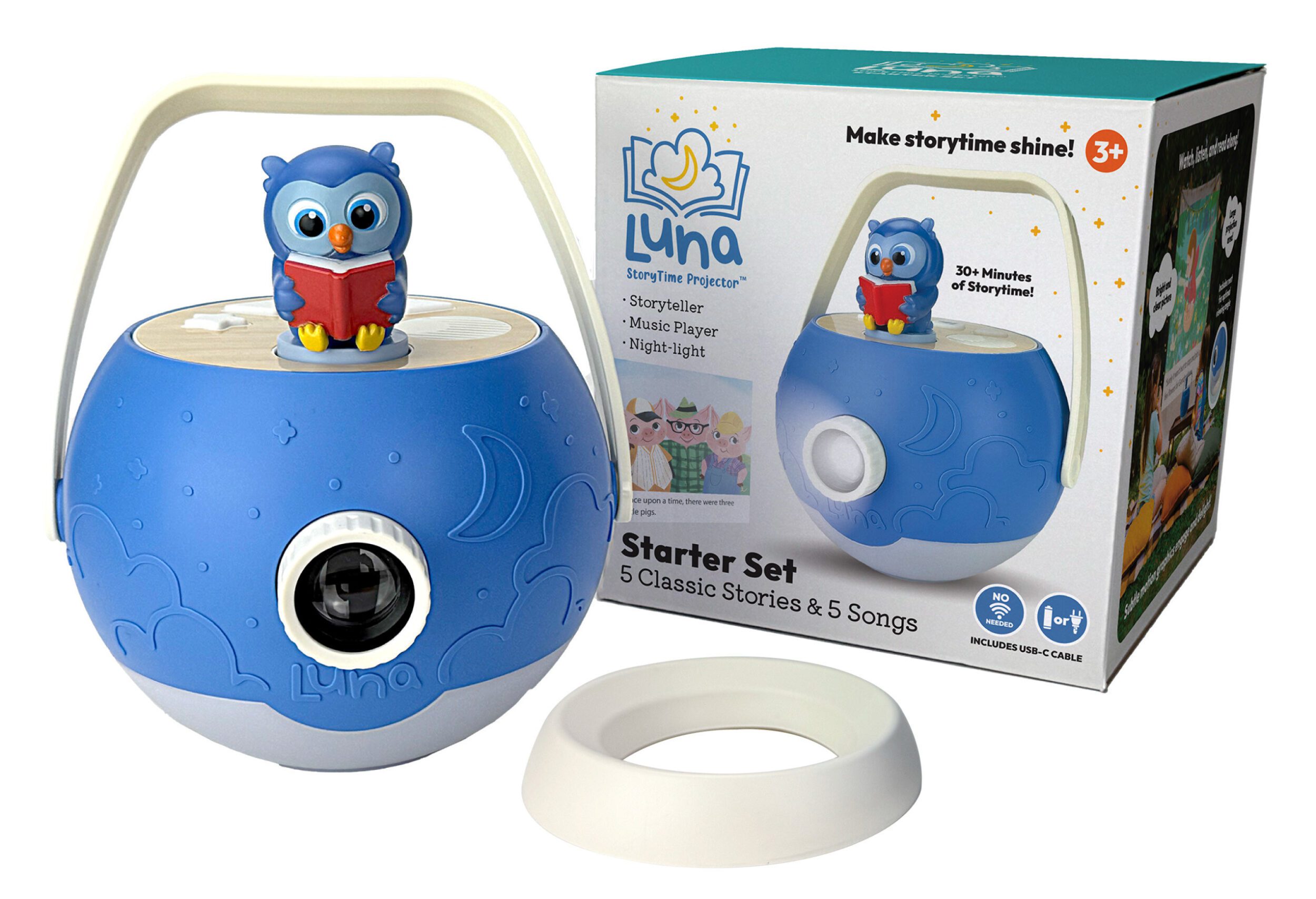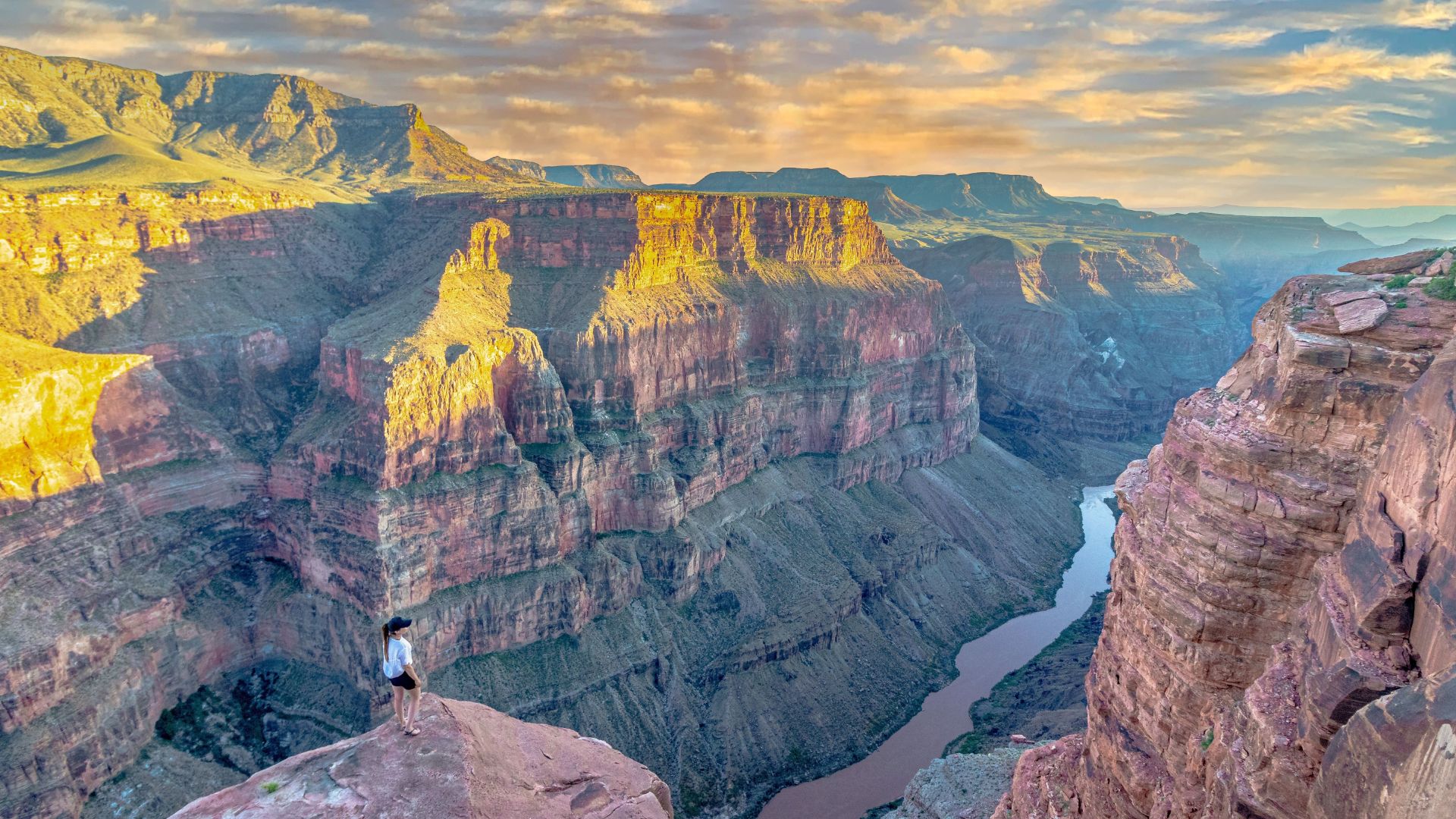Paraffin is a colorless, flammable solid, similar to wax. It is made from distilling shale or petroleum. It doesn’t have a smell, making it ideal for use in polishes and cosmetics. This also makes it perfect as a base for candles, since it can be given any smell and will burn easily. And it also acts as a key ingredient in a childhood staple- Crayola crayons.

Candles are among humanity’s earliest light sources, with references in scripture and other ancient documents. Animal fat was frequently used, particularly drippings from the night’s meal. These were messy and could only be made if animal fat was available. Beeswax became a popular alternative with new technology, being less messy and without the unpleasant odors. But paraffin reigned supreme in the 1860s and is still used frequently today.
As for crayons, the idea of combining wax and pigment has existed for thousands of years. An art style called encaustic painting would have the artist pour hot beeswax and pigment onto a stone, before having it “burned in” and fixed in place by a heat source. While still used by artist globally, it was (understandably) too dangerous for children to attempt. In 1903, though, two men named Binney and Smith created a new line of crayons from paraffin with a paper wrapping, dubbed “Crayola.”
Similar In More Ways Than One
The connecting link of paraffin wax (and pigment) isn’t the only similarity between crayons and candles. When production begins, the mixture is heated and melted. Additional ingredients, like scents for candles, will be added during this step. The wax is then poured into the proper mold and cooled. Before pouring candles, however, the wick is inserted. Traditionally made of cotton or linen treated with chemicals, the wick is what allows the candle to burn. The wick is made so it burns at a precise 90-degree angle; this keeps the bulk of the wick out of the mantle of the flame while allowing it to burn down naturally.
Crayola inspects each crayon after cooling, making sure none have any broken tips or other imperfections. If they do, they’re sent back to be melted again. Candlemakers also ensure for quality, as any foreign substances in the candle could be a fire hazard. The candles are either packed away or placed into the proper container. The crayons are wrapped in paper and boxed with other colors. Fun fact: the glue used to hold the paper in place is made from a mixture of cornstarch and water. It’s non-toxic, just in case someone tries to eat it.
Crayons and candles may not have much in common at first glance, beyond the first letter of their names. But knowing how both are made from the same substances puts how versatile paraffin (and all other waxes) is into perspective. Materials can have hundreds of uses, some more obvious than others. And the way different objects are prepared may overlap in surprising places. Do not try to burn your crayons like a candle or draw with a taper, however Just because they’re made the same way doesn’t make them interchangeable.
Extra Credit: Old-School Candlemaking
Before the use of dedicated machines and factories, candles were made by hand. A huge vat of wax would be prepared. The candlemaker would hang treated strings- the future wicks- from a rack. The strings would then be dipped into the wax, with a small portion up top left dry. The wax would cool, and they would be dipped again. This process would repeat until the candle reached the desired thickness. Some independent candlemakers still use this method, and it’s possible to see demonstrations at historical villages and sites.

Learn more about the World of Production, and discover how microchips, swimsuits, and game controllers are made.







